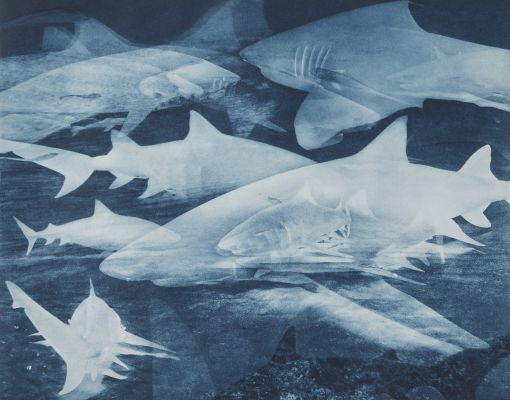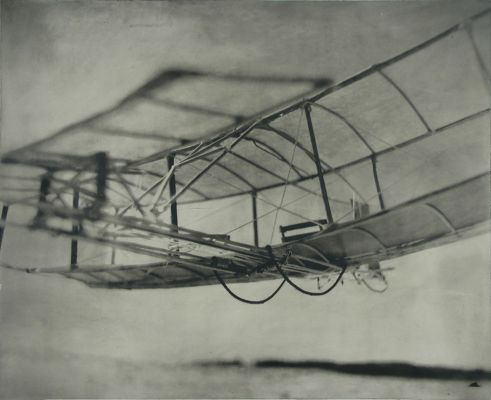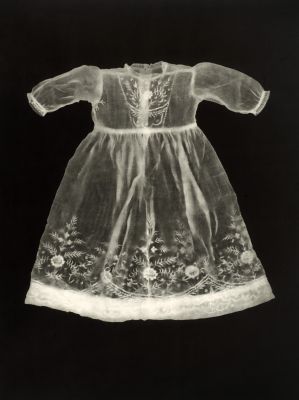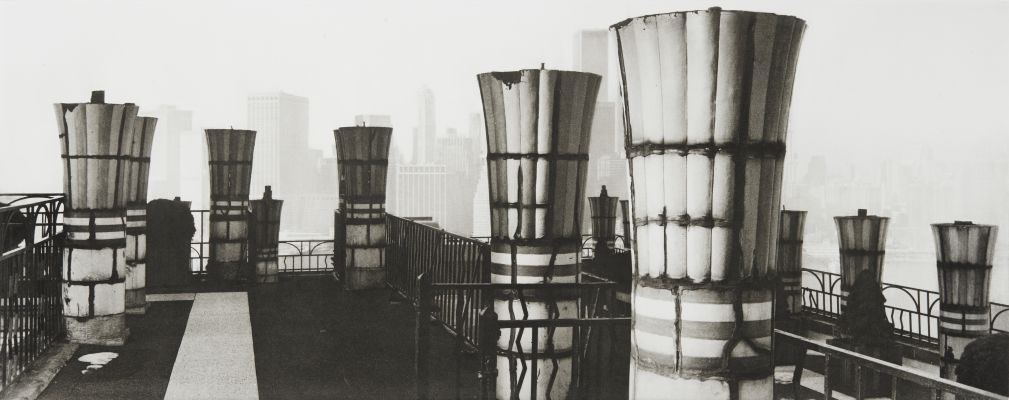
Title
Duet, WisconsinArtist
Thorne-Thomsen, Ruth (American, b.1943)Date
1997Process
Photogravure (chine-collé)Atelier
Lothar Osterburg Studio, New YorkImage Size
17 x 16.5 in
Pinhole and photogravure make good bedfellows. George Davison’s famous The Onion Field is an excellent example as is this contemporary print by Lothar Osterberg from a Ruth Thorne-Thomsen negative.
Between 1975 and 1993 Thorne-Thomsen produced an unorthodox body of photographs with a pinhole camera. She made portraits of friends and family members, staged toys and other props to create seemingly vast landscapes, and included her own cut-out photographs in some compositions, creating whimsical riffs on art history. Despite the modest appearance of these prints—most are smaller than 4×5 inches and are presented informally, with uneven edges and other markers of their simple production—they form a meditation on photography that has proven influential to other artists. Rooted on the one hand in 19th-century travel views by figures such as Maxime Du Camp and Francis Frith, which captivated Thorne-Thomsen, and on the other hand in amateur photography traditions from the Pictorialist movement onward, which she encountered firsthand in the work of her grandmother and mother, this resolutely un-authoritative group of pictures is a notable body of photography to emerge from the experimental decade of the 1970s.





